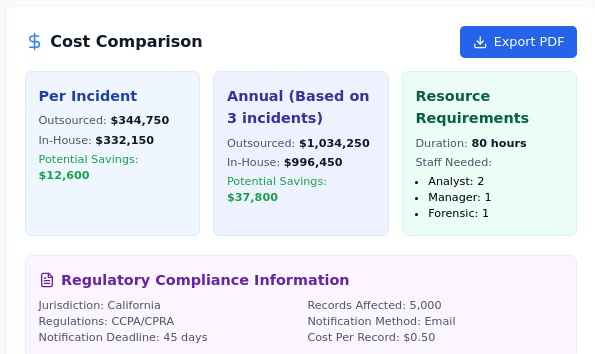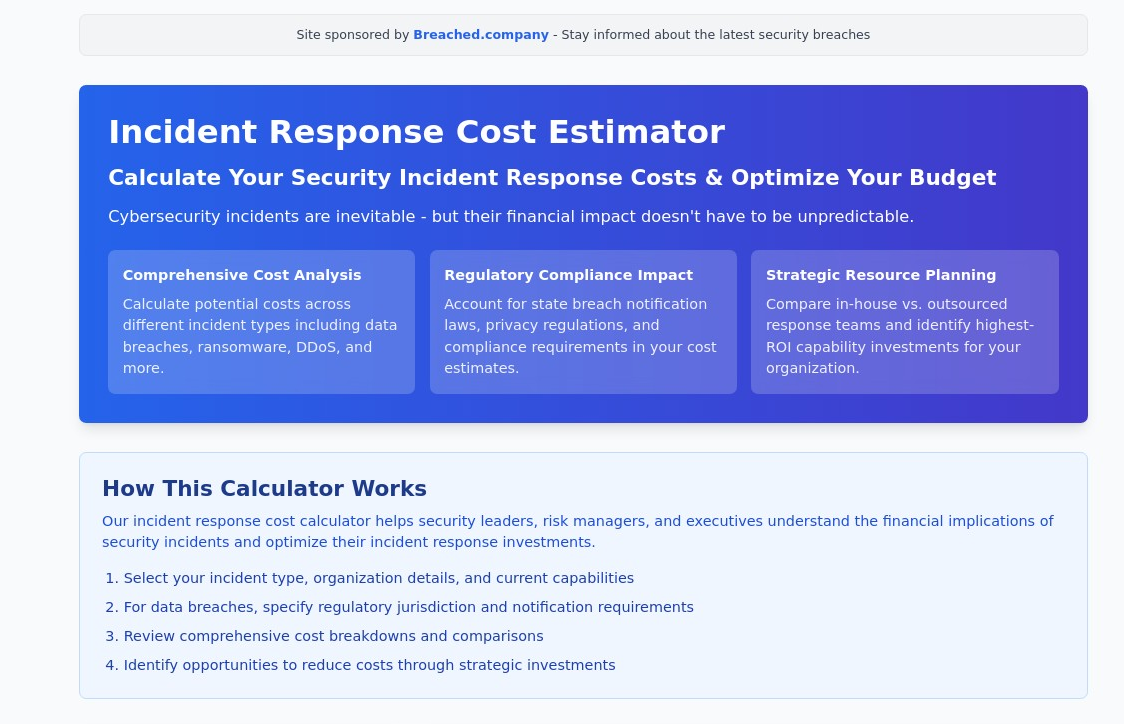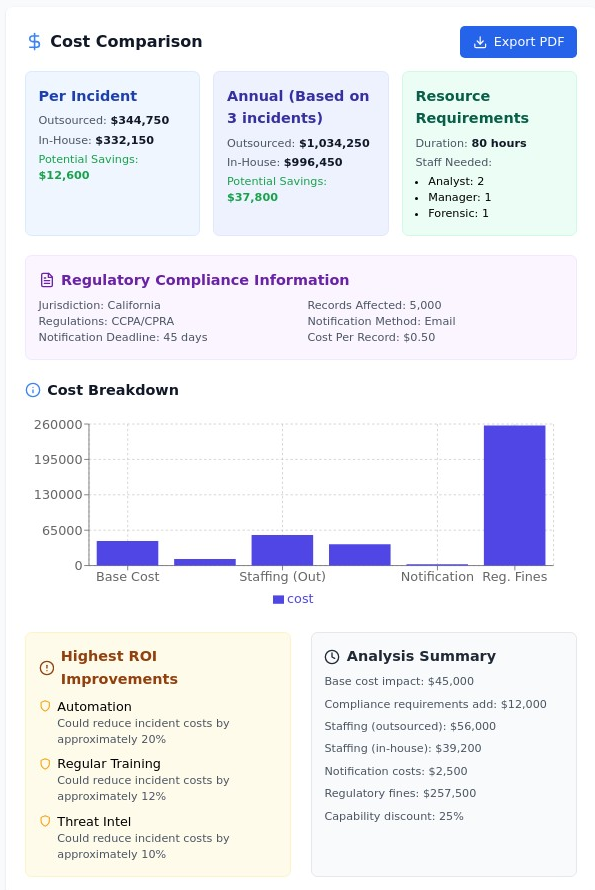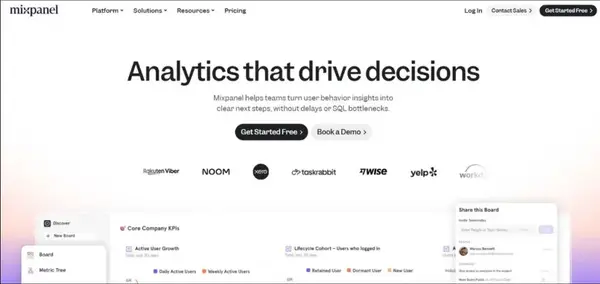The True Cost of Cybersecurity Incidents: A Strategic Guide to Incident Response Financial Planning

Cybersecurity incidents are no longer a matter of "if" but "when." While organizations invest heavily in preventive security measures, few adequately plan for the inevitable financial impact of security breaches. The average cost of a data breach now exceeds $4.45 million globally, yet most organizations lack accurate estimates of their potential incident response costs, leading to budget shortfalls, inadequate preparation, and suboptimal response decisions during critical moments.

The financial implications of cybersecurity incidents extend far beyond immediate technical remediation. Organizations face a complex web of costs including regulatory fines, legal fees, customer notification expenses, business disruption, reputation damage, and long-term competitive impacts. Understanding and planning for these costs isn't just about financial preparedness—it's about making strategic decisions that can significantly reduce overall incident impact and organizational risk.
The Hidden Economics of Cybersecurity Incidents
Beyond the Headlines: Understanding Total Cost Impact
When cybersecurity incidents make headlines, the focus often centers on the number of records compromised or the immediate technical details of the attack. However, the true financial impact encompasses multiple cost categories that many organizations fail to anticipate:


Direct Response Costs
- Forensic Investigation: Digital forensics experts, legal discovery, and evidence preservation
- Incident Response Team: Internal staff time and external consultant fees
- System Recovery: Infrastructure rebuilding, data restoration, and security enhancements
- Communication Management: Public relations, crisis communications, and stakeholder updates

Regulatory and Legal Costs
- Compliance Fines: Penalties under GDPR, CCPA, HIPAA, and other privacy regulations
- Legal Fees: Defense against lawsuits, regulatory proceedings, and contract disputes
- Audit Requirements: Mandatory security assessments and compliance demonstrations
- Ongoing Monitoring: Enhanced oversight and reporting requirements
Business Disruption Costs
- Operational Downtime: Lost productivity during system outages and recovery
- Revenue Impact: Cancelled contracts, delayed projects, and lost business opportunities
- Customer Churn: Long-term customer loss due to trust erosion
- Market Value: Stock price impacts and valuation reductions
Long-Term Strategic Costs
- Insurance Premium Increases: Higher cybersecurity insurance costs following incidents
- Enhanced Security Investments: Mandatory improvements to prevent future incidents
- Competitive Disadvantage: Market position loss due to reputation damage
- Talent Acquisition: Increased costs to attract cybersecurity professionals

The Regulatory Compliance Multiplier Effect
Modern privacy regulations have fundamentally changed the cost structure of cybersecurity incidents. What once might have been managed as internal technical issues now trigger complex regulatory obligations with significant financial implications.
GDPR Impact Analysis Under the General Data Protection Regulation, organizations face fines up to €20 million or 4% of annual global turnover—whichever is higher. Beyond monetary penalties, GDPR requires:
- 72-Hour Notification: Immediate regulatory reporting with specific technical details
- Individual Notifications: Direct communication to affected data subjects within defined timeframes
- Documentation Requirements: Comprehensive incident documentation and response evidence
- Remediation Mandates: Specific technical and organizational measures to prevent recurrence
CCPA/CPRA Considerations California's privacy laws introduce additional complexity with:
- Consumer Rights: Extensive individual notification and response requirements
- Statutory Damages: Per-consumer penalties that can quickly escalate with large-scale incidents
- Attorney General Authority: State-level enforcement with broad investigative powers
- Private Right of Action: Individual lawsuits for specific categories of data breaches
Industry-Specific Regulations
- HIPAA (Healthcare): Patient notification requirements and HHS oversight with potential criminal liability
- PCI DSS (Payment Cards): Card brand fines, forensic investigation mandates, and ongoing compliance monitoring
- SOX (Public Companies): Material disclosure requirements and internal control assessments
- FERPA (Education): Student record protection with federal funding implications










